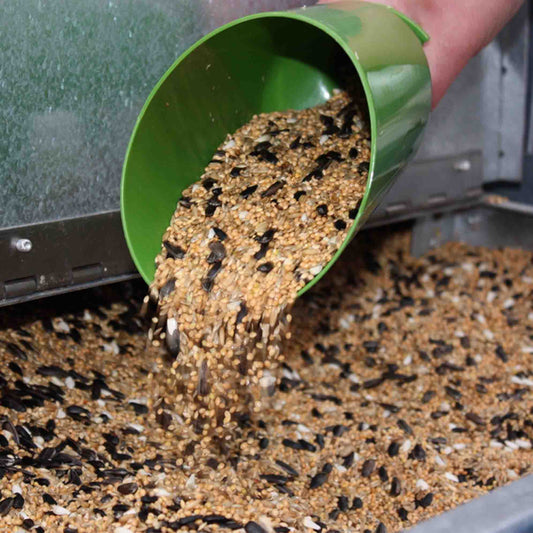
Winter Berries and Wildlife
Share
Winter berries bring colour to our hedgerows and provide vital food for wildlife. It proves that they're not just for Christmas.
At this special time of year, when the wintry weather arrives and everywhere is bleak, the one thing that stands out in the garden is the holly tree.
With its rich green leaves and red berries, it’s a favourite to decorate our homes during the Christmas period as we have done for hundreds of years. It is an English native shrub and is part of our traditional heritage and our wildlife.

Holly (Ilex aquifolium) is a beautiful evergreen shrub which has prickly, shiny dark green leaves and will grow in almost any type of soil and handles both sun or shade very well. It can grow rather tall – making it perfect for the wildlife garden.
Holly is not just for Christmas – its benefit to wildlife goes far beyond winter. Did you know that bees collect its nectar and pollen while moths love its buds, flowers and leaves?
In springtime birds like dunnocks, finches, goldcrests and thrushes use it for nesting as the spiny leaves offer perfect protection while redwings, fieldfares and blackbirds eat the berries.
Holly leaves are slow to break down, therefore, making the ideal habitat for toads, slow worms and hedgehogs to hibernate in the undergrowth that builds up below the tree.

Even at this time of year, it’s not too late to plant holly. It is a slow growing tree but in time will add evergreen attraction to your garden all year round.









